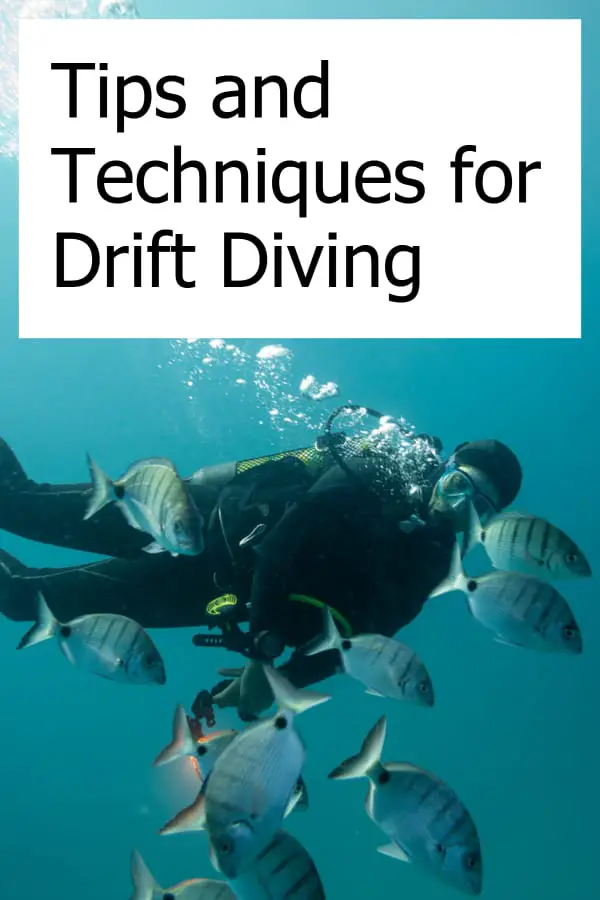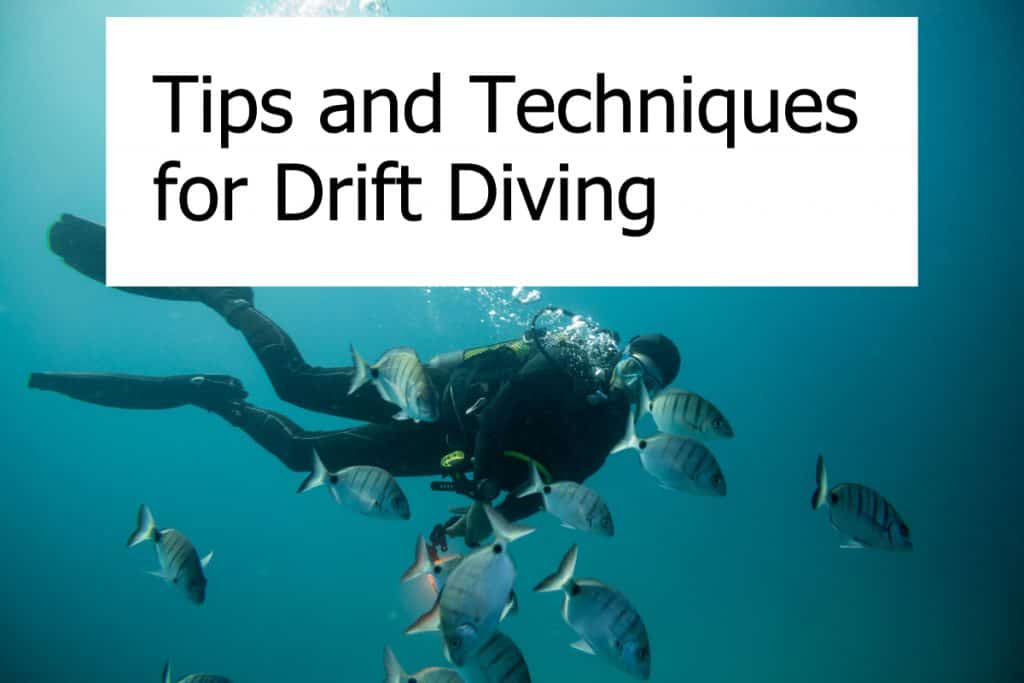Tips and Techniques for Drift Diving
Floating along in the ocean’s current can be one of the best diving experiences. For new divers, getting caught in the currents can be a frightening adventure. This is one of the reasons that drift diving requires additional certifications to complete successfully.
What is Drift Diving?
Using the ocean’s natural currents to dive is called drift diving. The entire ocean is made up of different currents, and many popular diving locations are located within these currents.
Popular drift dives are conducted on both reefs and wrecks. Diving can also be done from both the shore and the dive boat. The key to a successful drift dive is to know the location well or to have a dive guide that knows the location.
One of the reasons that it is so important to have expert knowledge of the location is to avoid getting swept out to sea. Strong currents can quickly force you down deeper than you meant to go or push you away from your intended location. If you’re not familiar with the current pattern in your location, you need to have a dive guide with you.
When you are drift diving from shore then you need to consider transportation. Exit locations are going to be different from entrance locations. When divers get out of the water they need to have transportation back to their starting location.
Many resorts that organize shore drift dives will have this set up for divers in advance. If divers are diving a drift dive on their own, organizing transportation from the shoreline can be one of the most important elements in the dive plan.
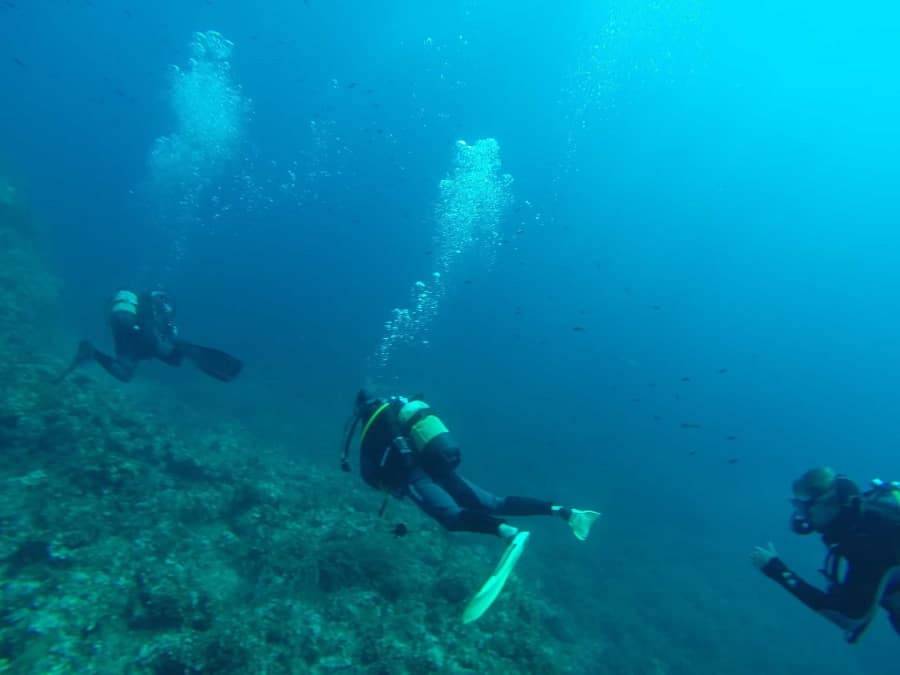
Do You Need Any Special Gear?
When on a dive that navigates heavy currents gear isn’t so much about specialization as it is streamlining. Having your gear set up for easy access, less friction, and resistance will allow you to easily float along the reef or wreck. New drift divers will often spend a lot of energy and air trying to reign in their gear.
Avoiding the extra air expenditure by streamlining your gear can help you achieve a longer bottom time. It can also help you when planning your dive. When drift diving you will want to use the rule of thirds. One-third of the air down and one-third of the air up, one third for reserve or emergency. Conservative dive profiles can lead to better planning and a more enjoyable dive.
One excellent piece of drift diving equipment that every drift diver should invest in is a reef hook. Reef hooks can either be a double hook or a single hook. Reef hooks allow you to anchor yourself on to the reef to survey the landscape without using all of your air or energy.
People using reef hooks need to be careful not to anchor their hook into a living part of the coral. Living coral is easily damaged and can be killed by reef hooks. Divers who use a reef hook when drift diving need to ensure they can identify living coral separately from nonliving parts of the reef.
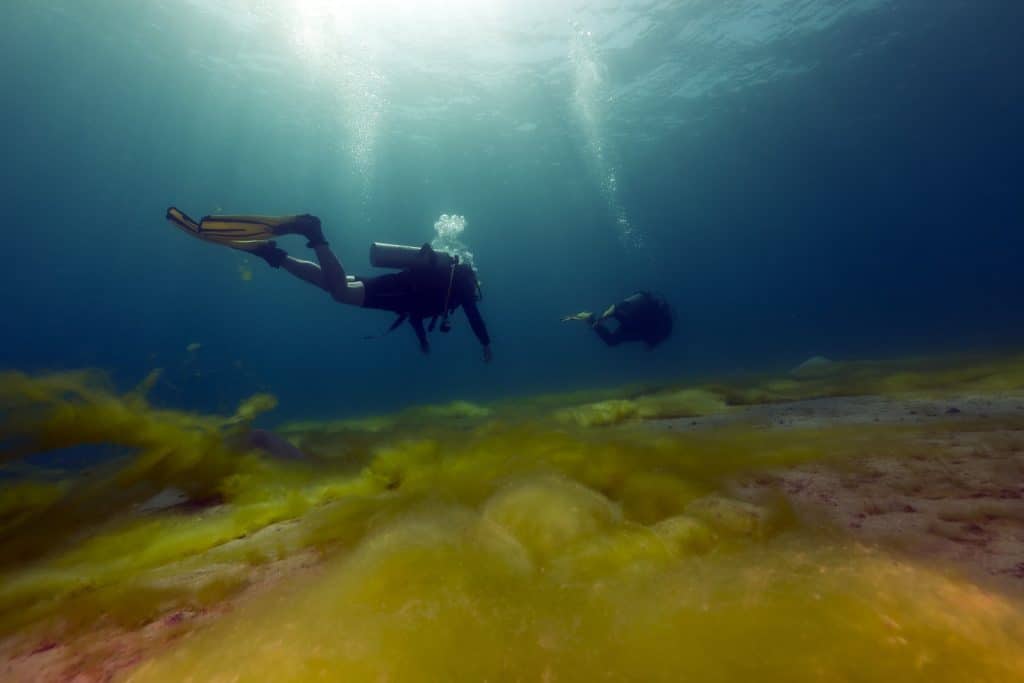
Precautions When Drift Diving
There are a few things that all drift divers know, and new drift divers will learn very quickly.
- Don’t Fight the Current
- Find Shelter on the Reef
- Use Your Tagline
- Buoyancy Control Matters
It may seem like common sense, but many new drift divers feel the need to swim against the current more often than they should. While some drift dives have divers swim up current at the beginning of the dive, most have divers float along while the dive boat picks them up at the end.
Fighting the current and swimming too much are two things that new drift divers struggle with. Both of these actions are going to lead to shorter bottom times. Make sure that the divers go with the flow and if they need to stay stationary, you can use a reef hook or find shelter on the reef or wreck.
The reef and wreck that you’re diving will provide many opportunities for divers to seek shelter from the current. If a school of fish huddle behind a cropping of coral or a piece of wreckage, chances are that the current is much calmer there. Divers learn to use the fish as signs that they can rest behind the protection of the wreckage or coral.
Taglines, john lines, reef hooks, and mooring lines are all important elements that drift divers incorporate into their dives. Often getting on to a target in a heavy current can be difficult. Using the line systems that are set up can help drift divers hit the right spot in the water table.
When performing safety stops nothing beats a john line. The three-foot strap of nylon allows you to fasten yourself to the mooring line to stay at the proper depth underneath the boat or exit point. Using all navigation lines that are in place helps drift divers enjoyed the experience.
Finally, a good drift diver has excellent buoyancy control. Because drift diving deals with heavy currents divers cannot be in constant flux with their buoyancy control system. Having excellent buoyancy control enables a drift diver to enjoy the scenery rather than stress over the ups and downs of improper buoyancy.
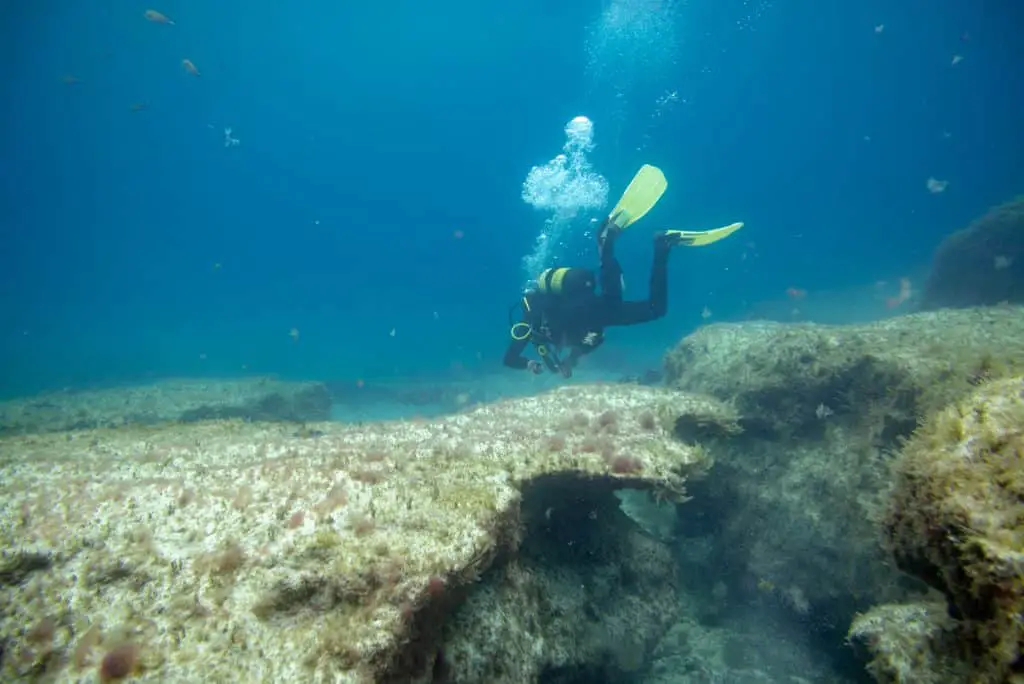
How to start Drift Diving?
Drift diver is a specialty certification offered by many diving organizations. It is important that divers seek out specialty training before attempting adrift dive because of the intensity of ocean currents. Many times drift dives will count towards the advanced open water certification, a higher level diving certification.
PADI do not have any prerequisites for the drift diver certification. Because currents are found at almost all depths, even novice scuba divers can enjoy drift dives. More intense drift dives at greater depths may need advanced certifications; like a technical diver, nitrox, tri-mix or deepwater diver.
Completing the first drift dive with a dive instructor will help ensure the safety of all drift divers. Having a certified diving instructor present means that someone is on the scene to handle any emergency situations that arise due to currents or location.
